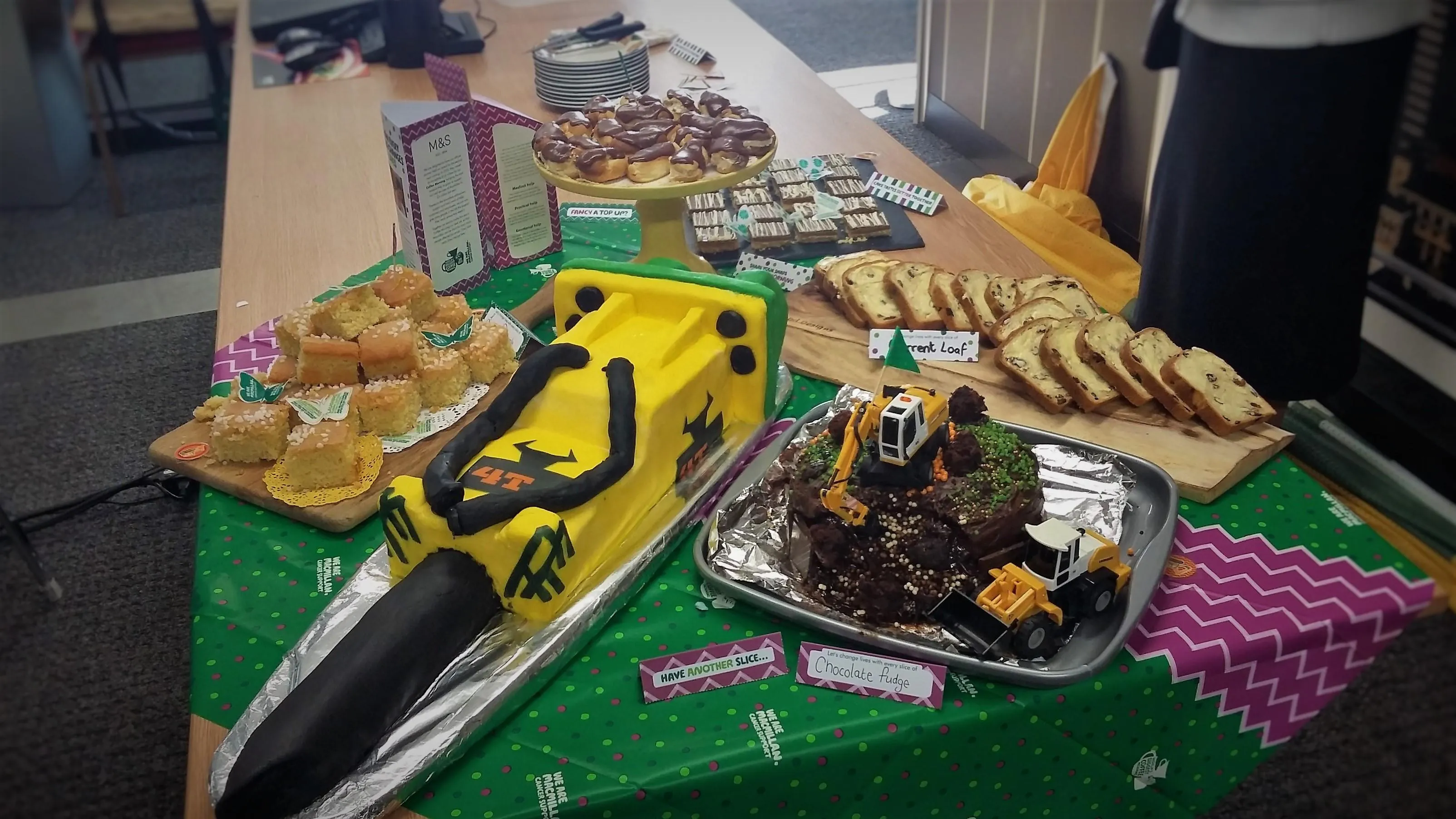Regulations in France covering driving have become tougher. In a bid to tackle distracted driving, French drivers are now banned from using hands-free phone kits that use headsets while at the wheel. This follows research showing that the use of hands-free kits is only slightly less dangerous than holding a phone in the hand while at the wheel. French drivers are also forbidden to eat, apply make-up, read a map or listen to very loud music when behind the wheel. Meanwhile headphones or wireless earpieces ar
August 24, 2015
Read time: 3 mins

Regulations in France covering driving have become tougher. In a bid to tackle distracted driving, French drivers are now banned from using hands-free phone kits that use headsets while at the wheel. This follows research showing that the use of hands-free kits is only slightly less dangerous than holding a phone in the hand while at the wheel. French drivers are also forbidden to eat, apply make-up, read a map or listen to very loud music when behind the wheel. Meanwhile, headphones or wireless earpieces are also banned for those riding a motorbike or bicycle.
France has had success in recent years with its road safety programme and despite a recent slip, this trend looks set to continue in the future. Spain, too, has been effective at cutting its road casualty rate. But there is still disparity in Europe over some driving laws and even many safety campaigners would say that the Spanish driver fined for biting his fingernails while at the wheel was perhaps a victim of over-zealous policing.
There are some drivers whose lack of concern for anyone else means that they pose a risk to all categories of road user, however. My own commute to work was somewhat enlivened recently when I was overtaken on a narrow and congested stretch of road by a driver keen to make quick progress. Distracted driving was probably not the issue here. The car overtook me and numerous other vehicles, weaving across the road, which had only one lane in either direction. On at least one instance, the driver made an overtake that forced an oncoming vehicle to brake sharply so as to avoid a head-on collision. Driving with such aggression and lack of concern for other road users was sure to increase risks for everyone and, sure enough, the person misjudged one overtake and crashed into the rear of the car in front, ramming it forward into another. The offender slowed as if to stop, then raced off at speed, while the drivers of the two cars hit in the incident stopped to assess the damage.
Having seen the incident, I pulled over to give my details to the drivers of the damaged vehicles in case they needed a witness. A truck driver pulled up also, as his vehicle was equipped with a dashcam and this had recorded footage of the offending driver’s earlier behaviour, although not the crash itself. Given the way the car that caused the incident was being driven, it is possible that it may have been stolen or that the driver was committing some other offence, such as being under the influence or having no insurance or licence.
No-one was hurt in the incident. But given the way the vehicle was being driven, that there were no serious injuries was down to luck.
France has had success in recent years with its road safety programme and despite a recent slip, this trend looks set to continue in the future. Spain, too, has been effective at cutting its road casualty rate. But there is still disparity in Europe over some driving laws and even many safety campaigners would say that the Spanish driver fined for biting his fingernails while at the wheel was perhaps a victim of over-zealous policing.
There are some drivers whose lack of concern for anyone else means that they pose a risk to all categories of road user, however. My own commute to work was somewhat enlivened recently when I was overtaken on a narrow and congested stretch of road by a driver keen to make quick progress. Distracted driving was probably not the issue here. The car overtook me and numerous other vehicles, weaving across the road, which had only one lane in either direction. On at least one instance, the driver made an overtake that forced an oncoming vehicle to brake sharply so as to avoid a head-on collision. Driving with such aggression and lack of concern for other road users was sure to increase risks for everyone and, sure enough, the person misjudged one overtake and crashed into the rear of the car in front, ramming it forward into another. The offender slowed as if to stop, then raced off at speed, while the drivers of the two cars hit in the incident stopped to assess the damage.
Having seen the incident, I pulled over to give my details to the drivers of the damaged vehicles in case they needed a witness. A truck driver pulled up also, as his vehicle was equipped with a dashcam and this had recorded footage of the offending driver’s earlier behaviour, although not the crash itself. Given the way the car that caused the incident was being driven, it is possible that it may have been stolen or that the driver was committing some other offence, such as being under the influence or having no insurance or licence.
No-one was hurt in the incident. But given the way the vehicle was being driven, that there were no serious injuries was down to luck.







